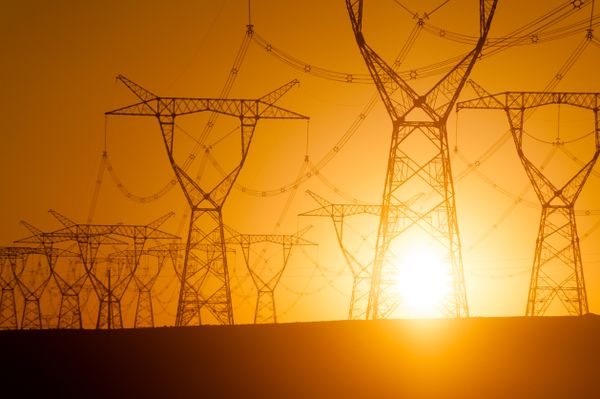The electric company bills its customer by the kilowatt-hour. When you turn on something that consumes 1,000 watts for one hour, it consumes 1 kilowatt-hour. Or if you turn on something that consumes 100 watts for 10 hours, it consumes 1 kilowatt-hour. The number of watts a device uses times the number of hours you leave it on tells you number of watt-hours it consumes. Divide by 1,000 to get kilowatt-hours.
The rate you pay for a kilowatt-hour varies depending on where you live. We pay about 8 cents per kilowatt-hour here in North Carolina. Some power companies also have "time of use" plans, where you pay more during the day and less at night. Look on your power bill to see how much a kilowatt-hour costs.
Advertisement
An electric blanket might consume 200 watts (depending on the setting). So if you leave it on for 10 hours, it consumes 2 kilowatt-hours. That would cost between 15 and 30 cents, depending on your location.
Many appliances tell you their energy consumption. For example, a 100-watt light bulb consumes 100 watts. Something like an electric blanket can be harder to figure out because it is adjustable. If you want to determine exactly how much power it is consuming, turn off EVERYTHING in your house and then go look at your electric meter. The aluminum disk inside the meter should be very nearly standing still. Now turn on your electric blanket (or whatever it is you want to measure) and then go look at the meter again. The disk has to go around 100 times to measure 1 kilowatt-hour on most meters in the United States, so count how long it takes for the disk to go around once and then do the math.
Advertisement

